Entry Category: Historic Preservation
Bozeman House
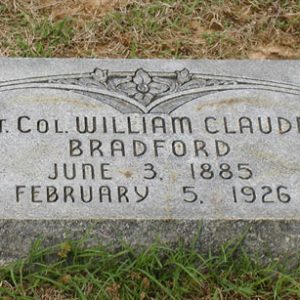 William Claude Bradford Gravestone
William Claude Bradford Gravestone
Bradley County Courthouse and County Clerk’s Office
 Jamie Brandon
Jamie Brandon
Brazeale Homestead
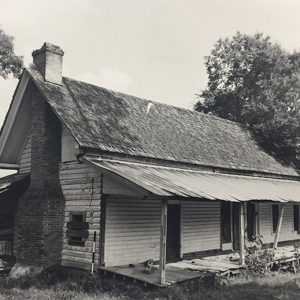 Brazeale Homestead
Brazeale Homestead
 Brazeale Homestead
Brazeale Homestead
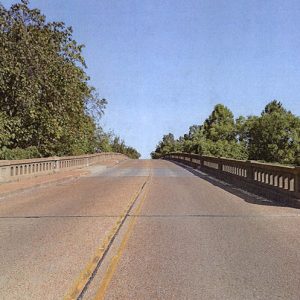 Bridge Street
Bridge Street
 Bridge Street Bridge
Bridge Street Bridge
Bridge Street Bridge
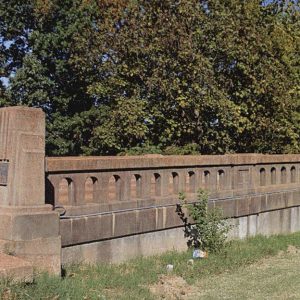 Bridge Street Bridge Guard Rail
Bridge Street Bridge Guard Rail
 Bridge Street Bridge Support
Bridge Street Bridge Support
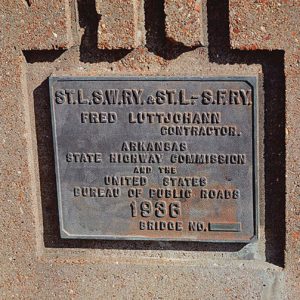 Bridge Street Dedication Plaque
Bridge Street Dedication Plaque
 Dee Brown
Dee Brown
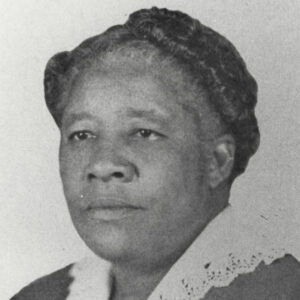 Lillian Brown
Lillian Brown
Brown, Walter Lee
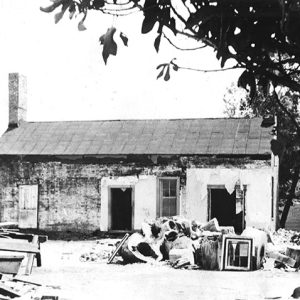 Brownlee House
Brownlee House
Brownlee House
 Brownlee House Renovation
Brownlee House Renovation
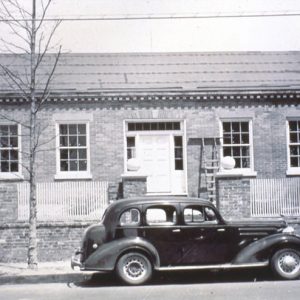 Brownlee House; 1940s
Brownlee House; 1940s
 "Bear" Bryant Exhibit
"Bear" Bryant Exhibit
Buckville Cemetery
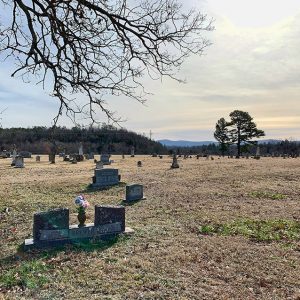 Buffalo Cemetery
Buffalo Cemetery
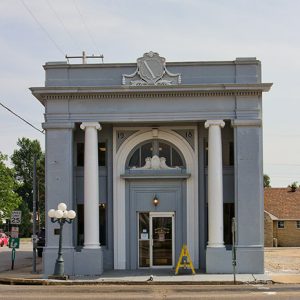 Buffalo Island Museum
Buffalo Island Museum
Buffalo River Bridge
aka: Pruitt Bridge
Buford School Building
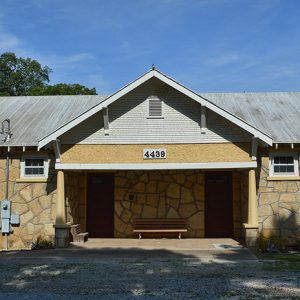 Buford School Building
Buford School Building
 Bug Fest
Bug Fest
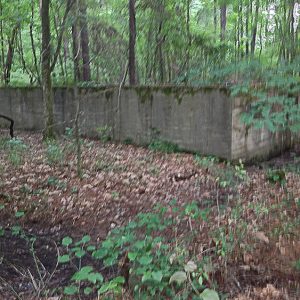 Building Foundation
Building Foundation
Bunch-Walton Post 22 American Legion Hut
Burdette School Complex Historic District
 Burdette School Complex Historic District
Burdette School Complex Historic District
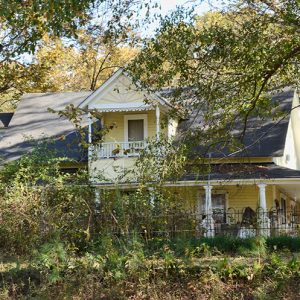 Burkett House
Burkett House
 Bob Burns House
Bob Burns House
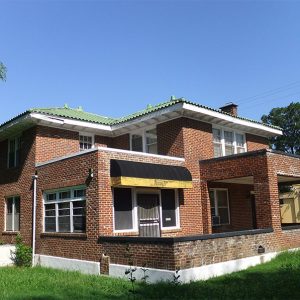 Bush-Dubisson House
Bush-Dubisson House
 Bush-Dubisson House
Bush-Dubisson House
Bush-Dubisson House
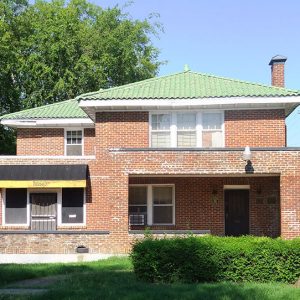 Bush-Dubisson House Entrance
Bush-Dubisson House Entrance
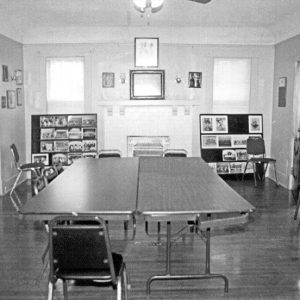 Bush-Dubisson House Interior
Bush-Dubisson House Interior
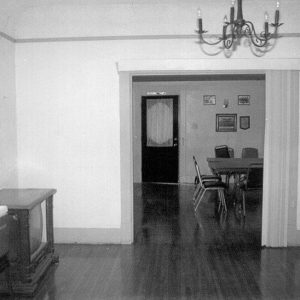 Bush-Dubisson House Interior
Bush-Dubisson House Interior
 Bush-Dubisson House Interior
Bush-Dubisson House Interior
Butchie’s Drive-In
Butler-Matthews Homestead
 Butler-Matthews Homestead
Butler-Matthews Homestead
 Richard Butler
Richard Butler
Butler, Richard Colburn III
C. E. Forrester House
C. E. Thompson General Store and House
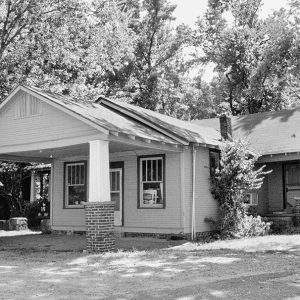 C. E. Thompson General Store and House
C. E. Thompson General Store and House




